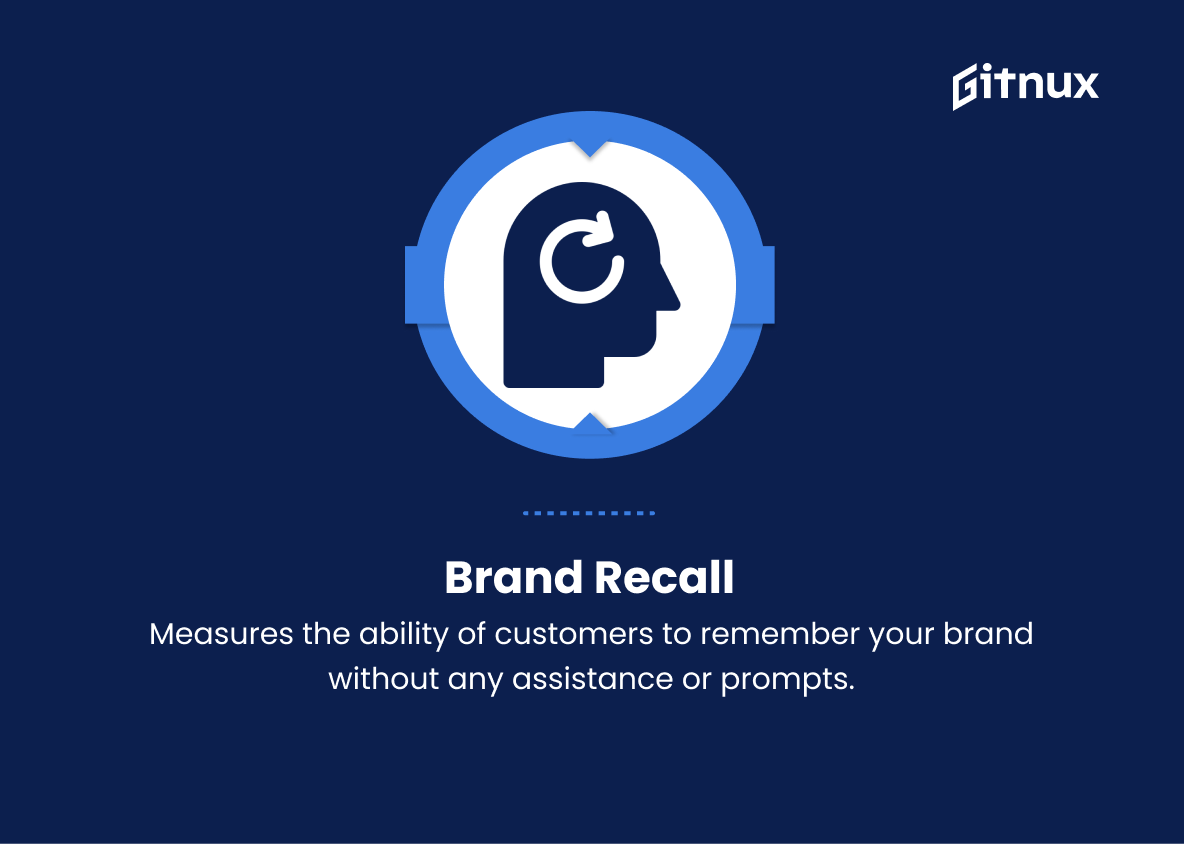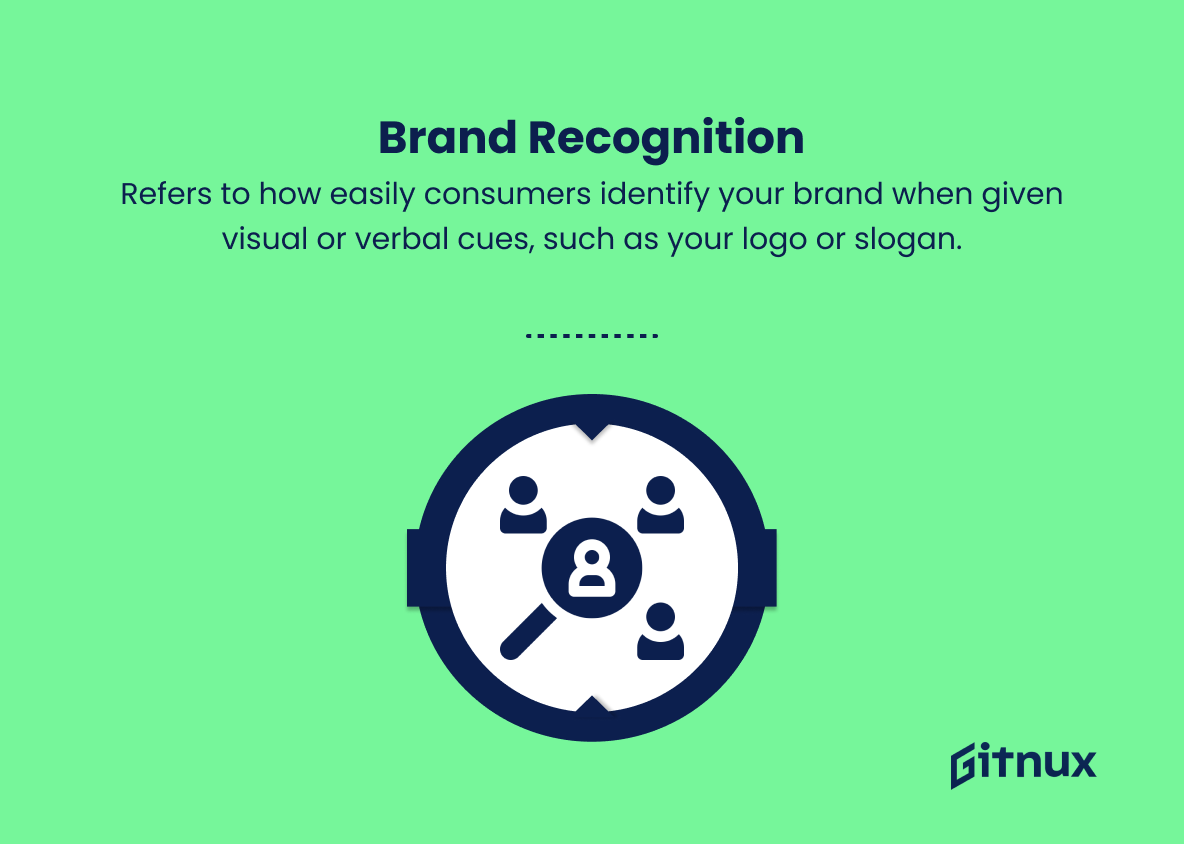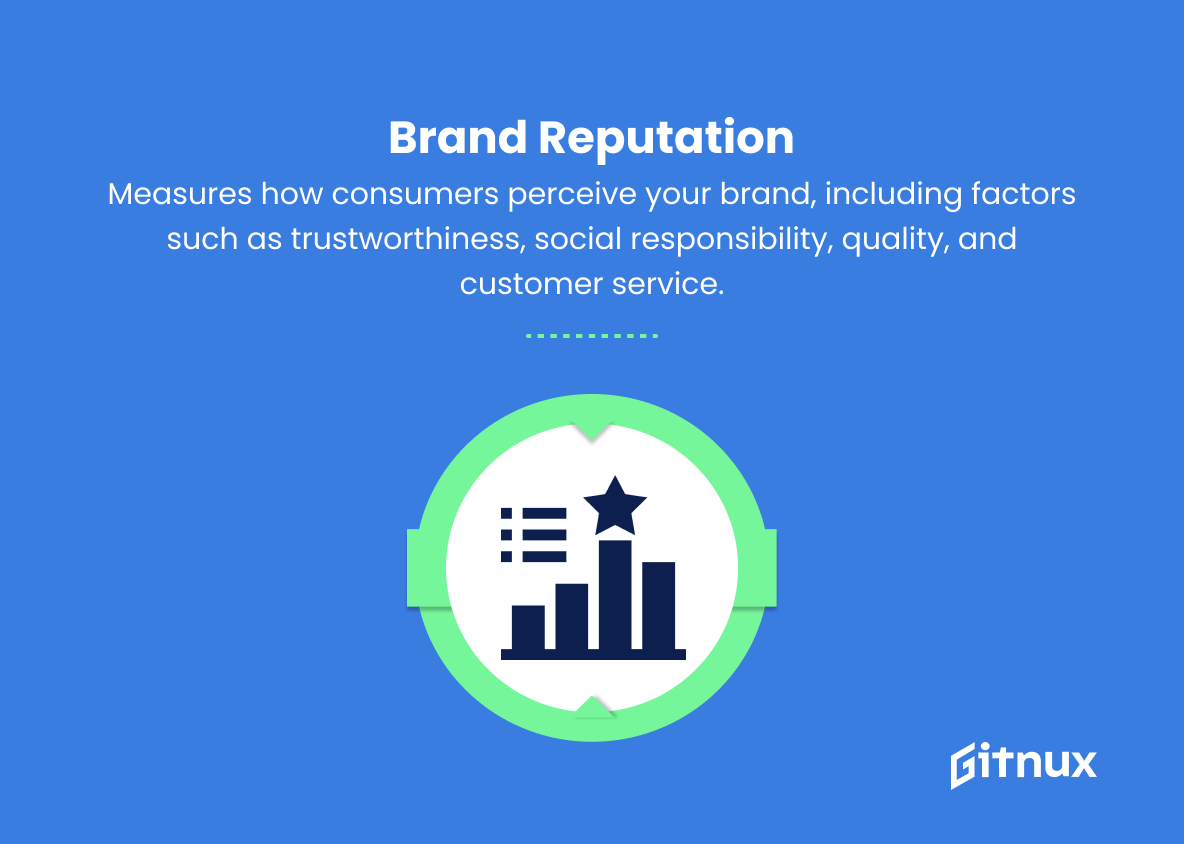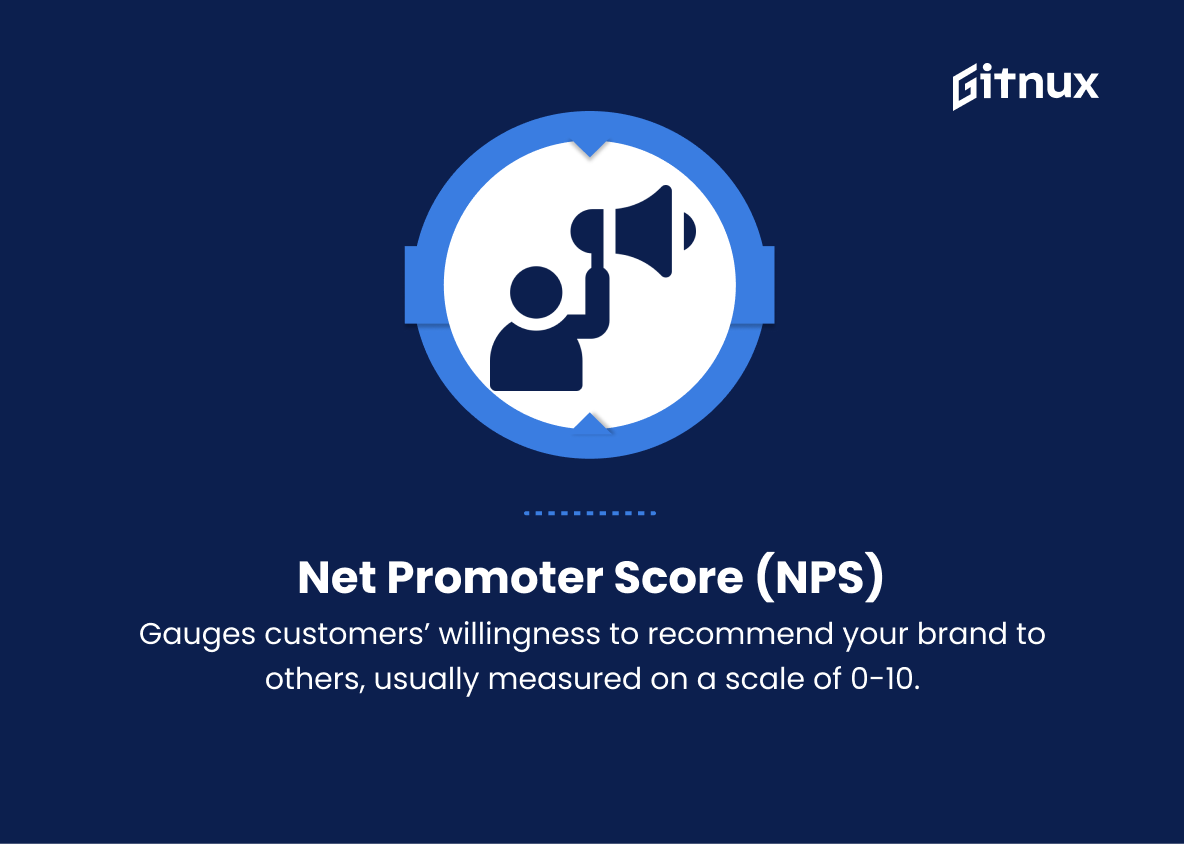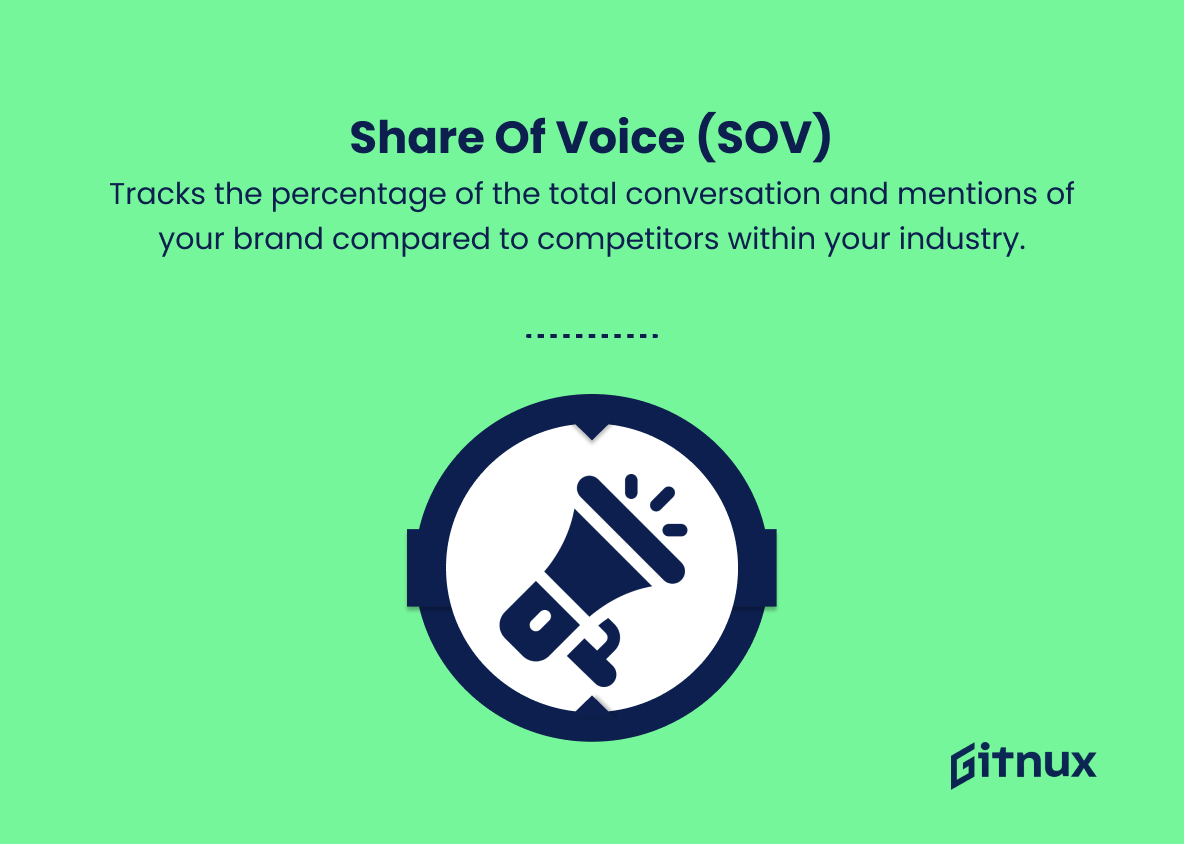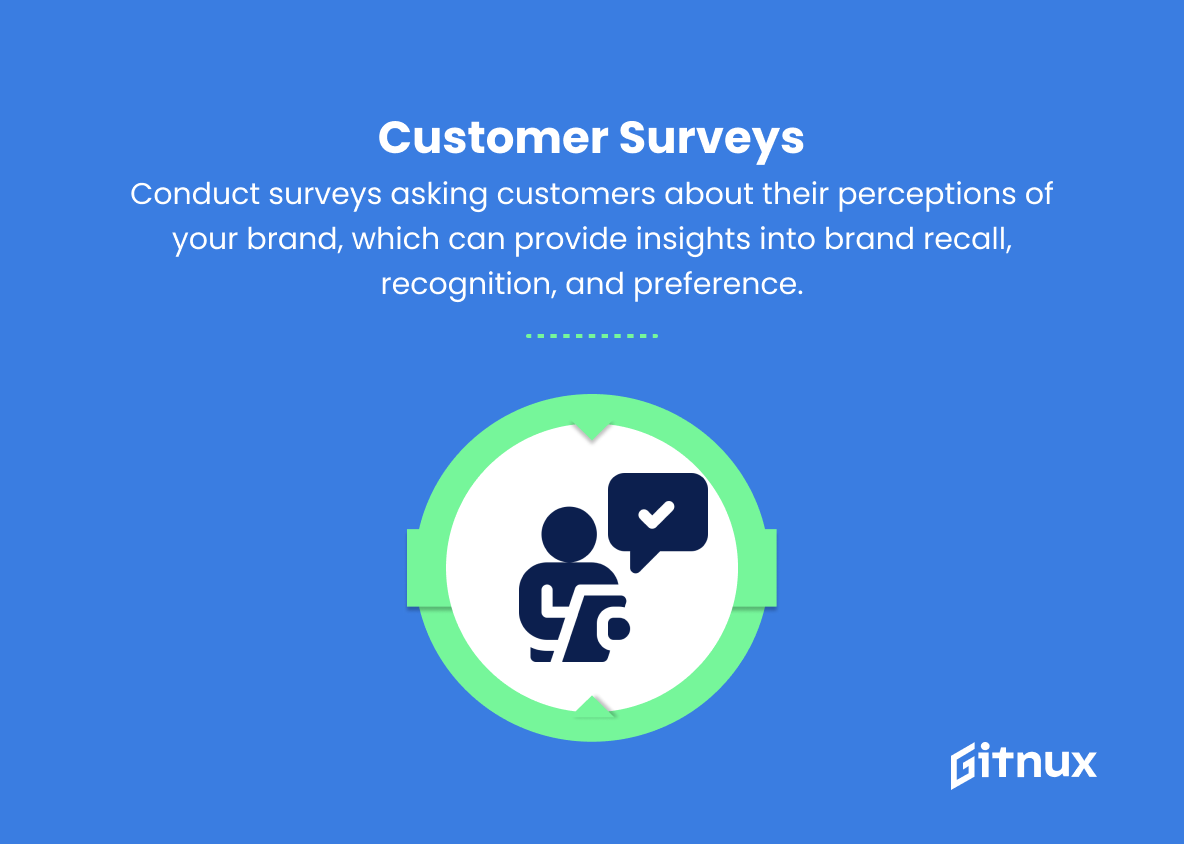In today’s highly competitive business landscape, brand awareness has become a crucial component for success. When a company’s brand is easily identifiable and resonates with its target audience, it paves the way for higher customer engagement, increased recognition, and ultimately, a boost in revenue. To measure how well a brand is performing in the marketplace, various brand awareness metrics have been developed.
These metrics enable businesses to track the effectiveness of their marketing efforts, identify potential areas of improvement, and optimize strategies moving forward. In this blog post, we will delve into the importance of key brand awareness metrics, highlighting the ones most essential for understanding and growing your brand’s presence in the ever-evolving marketplace.
Brand Awareness Metrics You Should Know
1. Brand Recall
Measures the ability of customers to remember your brand without any assistance or prompts. This is also known as unaided recall and demonstrates the strength of your brand’s presence in a consumer’s mind.
2. Brand Recognition
Refers to how easily consumers identify your brand when given visual or verbal cues, such as your logo or slogan. This shows how well your brand elements are associated with your products or services.
3. Brand Preference
Evaluates the degree to which customers prefer your brand over competitors. This can be measured by choosing between different brands in a survey or by analyzing historical purchase data.
4. Brand Loyalty
Indicates the tendency of customers to choose your brand consistently over others. Loyal customers are more likely to make repeat purchases and recommend your brand to others.
5. Brand Associations
Assess the strength and quality of the connections consumers make between your brand and specific attributes, such as reliability, innovation, or value for money.
6. Brand Reputation
Measures how consumers perceive your brand, including factors such as trustworthiness, social responsibility, quality, and customer service. A strong reputation can positively influence brand loyalty and preference.
7. Net Promoter Score (NPS)
Gauges customers’ willingness to recommend your brand to others, usually measured on a scale of 0-10. A high NPS indicates that customers are satisfied and more likely to promote your brand to their network.
8. Share of Voice (SOV)
Tracks the percentage of the total conversation and mentions of your brand compared to competitors within your industry. A higher SOV can signify greater brand awareness and prominence in your market.
9. Social Media Metrics
Analyze your brand’s presence on social platforms by examining metrics such as the number of followers, likes, shares, impressions, and engagement rates. These metrics offer insights into your brand’s digital reach and visibility.
10. Search Engine Rankings
Monitor your brand’s visibility on search engines, particularly Google. Higher rankings in organic search results indicate better brand awareness, as customers are more likely to find and engage with your brand.
11. Website Traffic
Evaluates the amount of visits to your brand’s website and where the traffic is coming from (e.g., organic search, social media, or referral). Increased website traffic often correlates with greater brand awareness.
12. Customer Surveys
Conduct surveys asking customers about their perceptions of your brand, which can provide insights into brand recall, recognition, and preference. This feedback can help you identify areas for improvement or brand growth opportunities.
13. Market Share
Represents the percentage of total sales in your industry that are attributed to your brand. Monitoring market share helps assess your brand’s position relative to competitors, and can indicate the success of your brand awareness efforts.
Brand Awareness Metrics Explained
Brand awareness metrics are essential in understanding your brand’s position and strength in the market. Brand recall indicates the effectiveness of your marketing efforts to remain top-of-mind while brand recognition evaluates the connection between your brand’s visual cues and your products or services. Brand preference, loyalty, and associations collectively reflect customers’ positive evaluations and emotional connections with your brand, influencing repeat purchases and recommendations.
A strong brand reputation fortifies consumers’ trust in your brand, while a high Net Promoter Score (NPS) reveals their likelihood to refer you to their network. Share of Voice (SOV), social media metrics, search engine rankings, and website traffic all offer insights into your brand’s digital presence and visibility. Customer surveys and market share data provide valuable feedback on your brand’s competitive standing, areas for improvement, and opportunities for growth. Overall, these brand awareness metrics provide a comprehensive understanding of your brand’s performance in the market and serve as a benchmark for your marketing strategies.
Conclusion
In closing, having a deep understanding and robust implementation of brand awareness metrics is essential for any business aiming to monitor and improve its branding efforts. By paying close attention to metrics such as brand recall, recognition, search volumes, social media engagement, and sentiment analysis, companies can make more informed decisions and create impactful marketing strategies.
Measuring these key performance indicators allows brands to keep up with changes in the marketplace, adjust their approach according to consumer behavior, and ultimately, stay ahead of the competition. Consistently monitoring and analyzing these metrics can lead to long-term branding success, driving customer loyalty and business growth.
